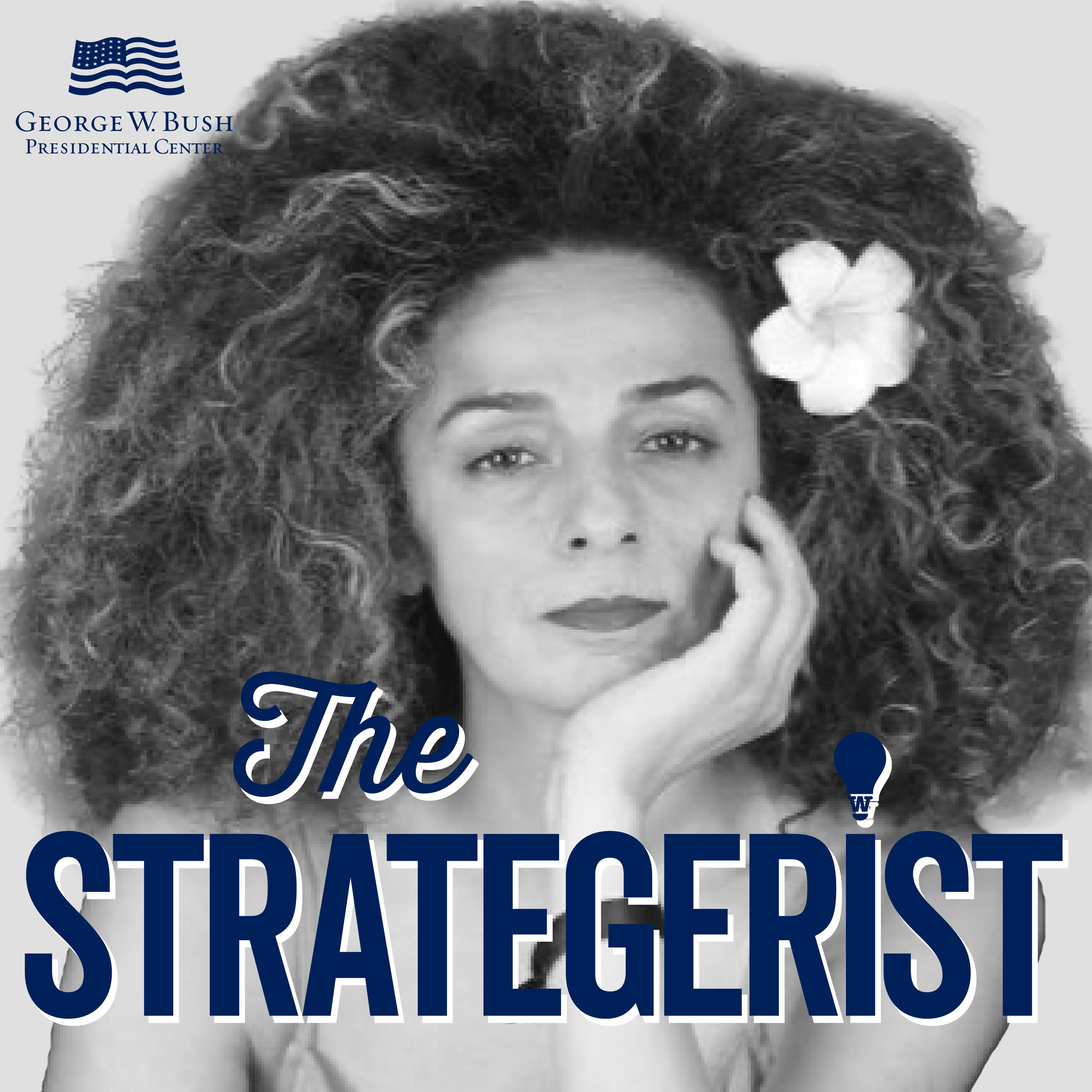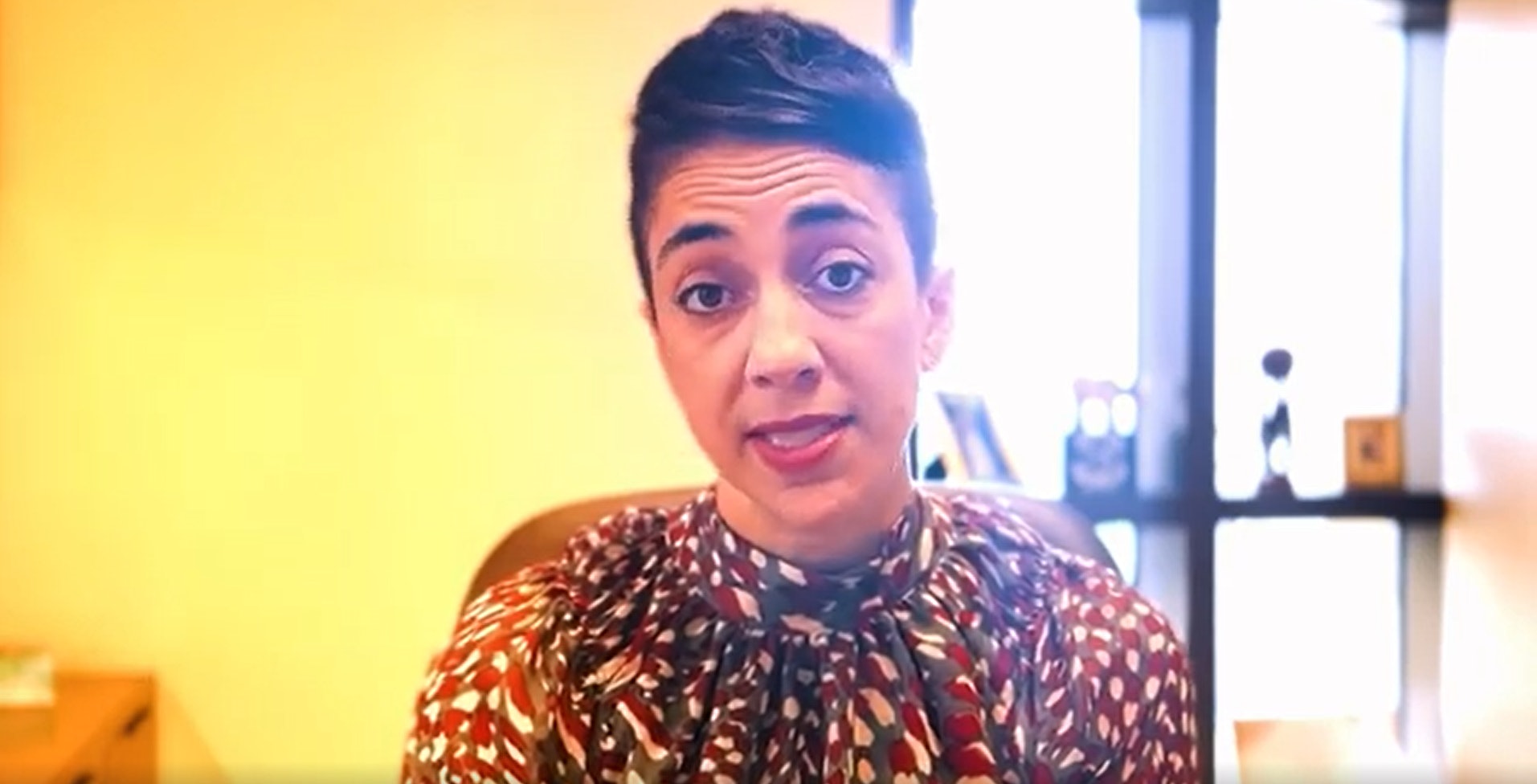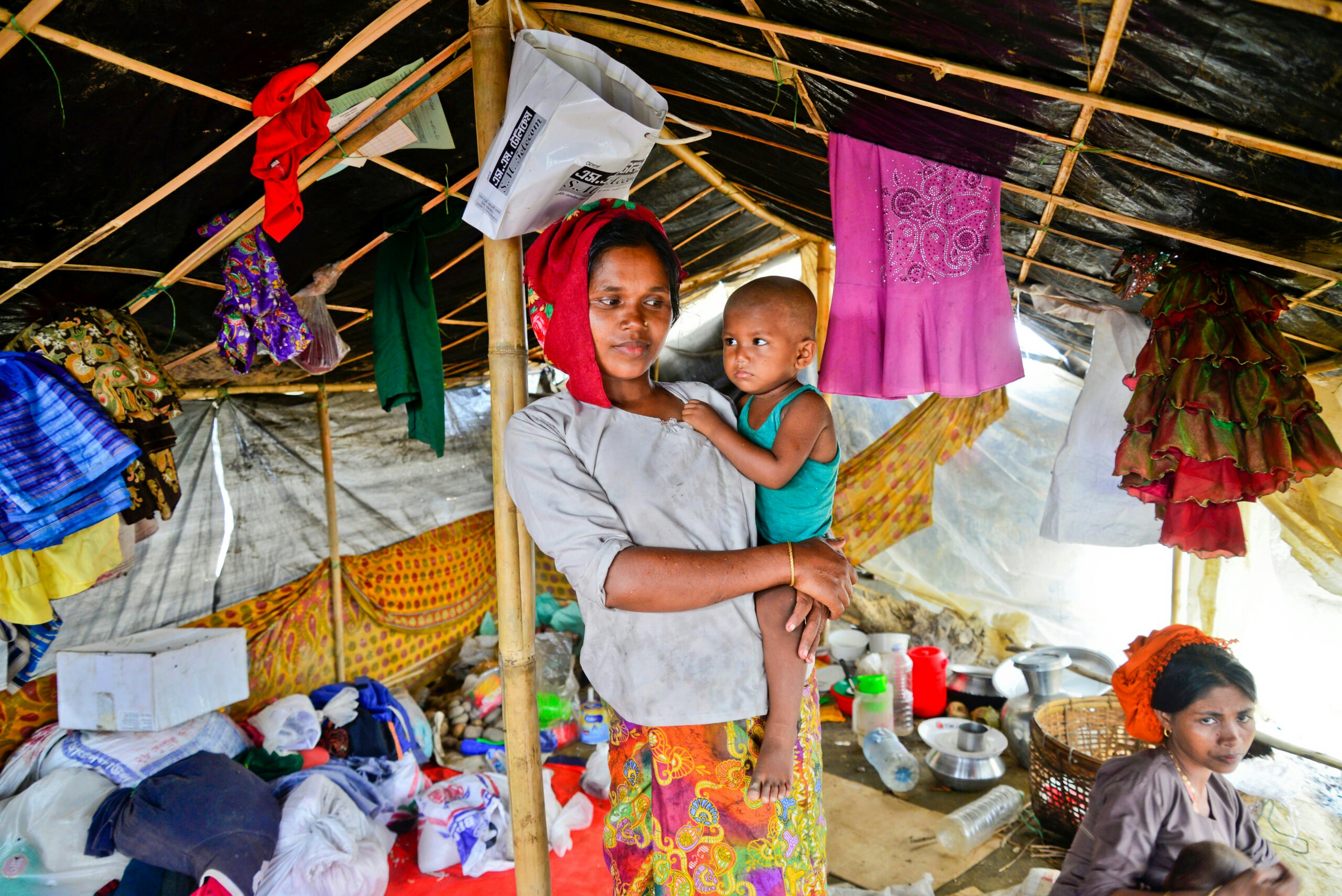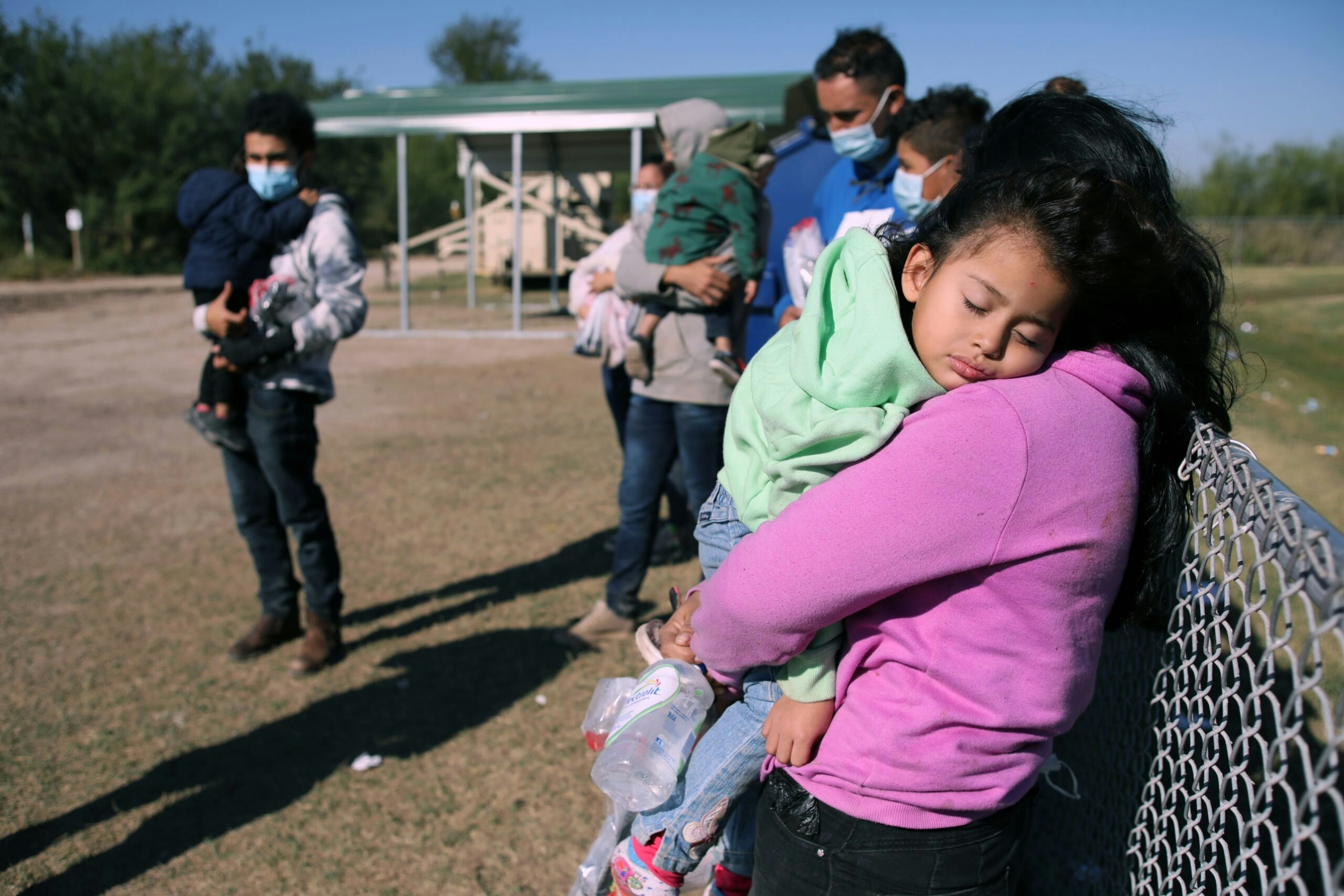In this Q&A, National Security Fellow at the Woodrow Wilson Center Michael Gordon spoke with Bush Institute Fellow Amanda Schnetzer about the economic landscape of the Middle East and North Africa (MENA).
Why WE Lead is the George W. Bush Institute’s policy and research that investigates economic advancement and the role of women’s leadership in the Middle East, North Africa, and Afghanistan. This body of work runs parallel to WE Lead, our women’s economic and leadership training program.
In this Q&A, National Security Fellow at the Woodrow Wilson Center Michael Gordon spoke with Bush Institute Fellow Amanda Schnetzer about the economic landscape of the Middle East and North Africa (MENA). Mr. Gordon is an expert in the financial and economic development of the MENA region, having worked as an intelligence analyst in the United States Government and previously as an analyst and editor with the Economist Intelligence Unit.
Amanda Schnetzer: What is the economic landscape of the Middle East today, and what other variables beyond gross domestic product (GDP) growth are at play when assessing the region?
Michael Gordon: It is difficult to generalize a region that runs from Morocco to Iran. You have oil exporters, small monarchies, countries like Egypt and Iran with populations over 90 million people, and everything in between. The International Monetary Fund’s (IMF) May 2018 report on the region states that last year’s average GDP growth was 4.2 percent and they project it to increase to 4.7 percent this year. This is good news, but the IMF also estimates that even with those growth rates, it is too low to bring unemployment rates down, especially for young people. If you want to see increases in incomes and job opportunities, the economic growth rate has to be higher than the population growth. And there’s no reason to suggest that these forecasts will hold, especially given the variables that could alter the estimates.
GDP growth should never be taken as a substitute for prosperity or socioeconomic advancement. We should always look at GDP with a little bit of skepticism. Take Qatar, for example: when oil prices were spiking, you would see growth rates of ten to fifteen percent per year. All that growth was based on natural gas prices that don’t necessarily trickle into the rest of the economy or the broader population. This growth doesn’t automatically have a meaningful effect on things like unemployment issues or income inequality.
It is more crucial to look at access to finance, which is a big issue, particularly for entrepreneurs and women. It’s one of the engines of growth that a country needs for its private sector to flourish. Access to safety and security is also a factor. Especially when looking at places in Syria and Yemen. Consider Tunisia after the revolution: Libya is next door with foreign fighters that are a possible threat. The 2015 attack on a beach resort doesn’t help. Foreign investors can be very fickle individuals, and [stability concerns are] the first thing they are going to look at. And foreign direct investment is one of those things that this region desperately needs.
AS: You have written that economic liberalization is back on the agenda for leaders in the Arab world. What is driving this and why now?
MG: We have to look at a few different situations across the region. The first is the dramatic and sustained drop in oil prices that only recently seems to be ending. This drop struck the oil exporters like Saudi Arabia particularly hard, as they had become accustomed to three years where prices averaged above $100. Out of fiscal necessity, economic diversification became a reality.
Then you have a country like Egypt. It’s in the midst of overhauling its economy because of the revolution and ongoing political and societal challenges. [These challenges] scared away a lot of investors and tourists and hurt the economy’s balance of payments. As a result, a massive IMF program in November of 2017 called for introducing a value-added tax, subsidy reform of the energy sector, and a devaluation of the Egyptian pound, which was overvalued and draining valuable foreign exchange resources. None of these reforms will drastically alter the economy, but arguably economic reform is more salient now by necessity than it has been in decades.
Importantly, however, reform is in the eye of the implementer. What Washington, the IMF, or the World Bank say about reform is not what leaders, in the Middle East or elsewhere, think of as reform. For most of them, history is a guide. You do the minimum required to satisfy your creditors, western banks, and institutions to maintain funding. I’m sure IMF economists and Washington policy makers find this minimalist approach quite maddening. But there is a reason for this reluctance on the part of these countries to fully embrace wholesale reform and that’s instability. Leaders want to remain leaders, and blindly following prescriptions that could jeopardize their hold of power will not be taken lightly. Many of these countries have been “reforming” for a long time, but that doesn’t necessarily mean long-term success.
AS: As we see economies liberalize, will we see more political liberalization?
MG: I don’t see political opening running parallel with economic liberalization. As Americans, we look at economic reform as [creating a more] participatory economy where people are taxed and expect “no taxation without representation.” Taxes connect you to the government. For most of the Gulf, there is no income tax and you don’t have an engaged populous politically, in large part because the government isn’t asking a lot of them [financially]. Countries like Saudi Arabia and the United Arab Emirates (U.A.E.) introduced revenue-raising value-added taxes. If taxes and fees continue to increase across countries that historically have never had an income tax before, I suspect you will start to see some more rumblings for participatory governments. I see some small steps at political reform. However, that is a long way from a fully-inclusive voting populous.
AS: What about Tunisia?
MG: Well we want Tunisia to work because it was the first example of the public taking charge of its own destiny during the Arab Spring. It’s important for Tunisia to succeed as an exemplar to the rest of the region. But whether it succeeds or it fails in this new political experiment in broadening rights for women, it’s not the bellwether for the region. People in Jordan and Egypt and in the Gulf don’t necessarily look to Tunisia and say “Oh, it worked there!” And I think that’s largely because it has a much different history than the rest of the region. That said, I think if there’s one country where a growth in entrepreneurship and the economy can be inclusive to broader political and social liberalization, it’s probably Tunisia. It’s not an oil-dependent commodity economy. It has to liberalize its economy in order to stay afloat. And by doing so I think it stands a chance at a more liberal economy than you would see in many places.
AS: Estimates suggest that 5.6 million people have fled Syria since 2011, in addition to an estimated 6.6 million internally displaced persons, and 400,000 to 500,000 people tragically killed. In Yemen, an estimated six million people are on the brink of famine. Talk a little bit about that instability in the region as it relates to its economic outlook.
MG: The refugee crisis is going to be with us for a long time. According to official government estimates, Lebanon and Jordan have each taken in more than one million Syrian refugees. For long-term stability, this is an issue. Especially for Jordan, which is already struggling with unemployment, water shortages, and other resource issues. Jordan, to its credit, is doing quite a bit. It is building new schools all with foreign funding and it’s trying to develop some semblance of normalcy for refugees. But at the end of the day, like a lot of countries when you look at Europe as well, there is a reluctance to fully embrace refugees out of fear that if you make it too comfortable, maybe they won’t go home.
AS: Should we be hopeful about recent changes in Saudi Arabia, especially those affecting women?
MG: We should be very hopeful. These are important changes and they show at least the initial stages of what seems to be a socially liberalizing trend line for Saudi women. I suspect women will be in greater roles as entrepreneurs and in policy but I suspect this will be slow-moving. I also suspect most Saudi women realize they need to tread carefully and slowly as their roles and the roles of men are still evolving with no clear direction of where this will end up. Additionally, my colleague at the Wilson Center, David Ottaway, has recently written that a showdown by clerics may still come as concerts and entertainment centers and movie theaters open up in smaller towns where [these clerics] have greater influence.
AS: Some data suggests that 40 percent of income and capital may be lost across the region due to female exclusion from the labor force and entrepreneurial activity. What would it mean to see broader integration of women and what is the role of women leaders in driving economic change?
MG: There is ample evidence that when women are able to develop their labor market potential, there can be significant gains in the economy. The IMF estimates that GDP per capita loss attributed to gender gaps in the labor market may be up to 27 percent in certain regions. This study also says that raising female labor participation rates would raise GDP in the United States by five percent, in the U.A.E. by 12 percent, and in Egypt by 34 percent. For Egypt, these are significant numbers. Women in the Arab world have the lowest labor participation rate on the globe. And despite being relatively well-educated, only one in four women are in the workforce.
AS: How do you start to close the gap between educational attainment and the presence of job opportunities?
MG: I think there’s an argument that, in some ways, a more rigid segregation of the sexes in places like Saudi Arabia is actually much better for female labor participation [in the short run] because you don’t have the threat of a conservative eye looking askance at gender mixing. You can have a whole building full of women entrepreneurs and that’s perfectly fine. That’s a generational shift and that’s not something that can be done with a lot of outside influence.
In addition to that, there are also legal barriers in regard to family and personal life, such as head of household status, marriage and divorce procedures, inheritance, and child custody. Women are also required to have a male guardian to conduct basic transactions. And they cannot pass their nationality on to family members on the same grounds as men can.
There are some relatively positive trend lines. Egypt’s new constitution, for example, includes non-discrimination clauses and female quotas for parliament in both Councils. It’s also adopted laws that criminalize sexual harassment in the workplace and public spaces. But culturally, I think many women still suffer from a lot of discrimination on the job and just walking down the street. And no law is necessarily going to change that overnight.
AS: Let’s conclude by turning to the United States. Why should Americans pay attention to what happens in the Middle East and North Africa?
MG: Instability is expensive. Without sounding obvious, stable countries make for stable allies and greater export markets. When the Arab Spring came around, we no longer had the leisure of picking and choosing where to focus our attention on national security issues. It was up front and center, so despite what other plans we might have had, you had to look at wide-reaching socioeconomic and political instability whether you wanted to or not. Inclusive growth that does not increase income inequality, that doesn’t increase wealth inequality, that brings women into the fold, that aims to resolve, even slightly, youth unemployment, these are the things that are necessary.
The author is an employee of the United States Government, which is funding his fellowship at the Wilson Center. All statements of fact, opinion, or analysis are those of the author and do not reflect the official position or views of the United States Government.




























